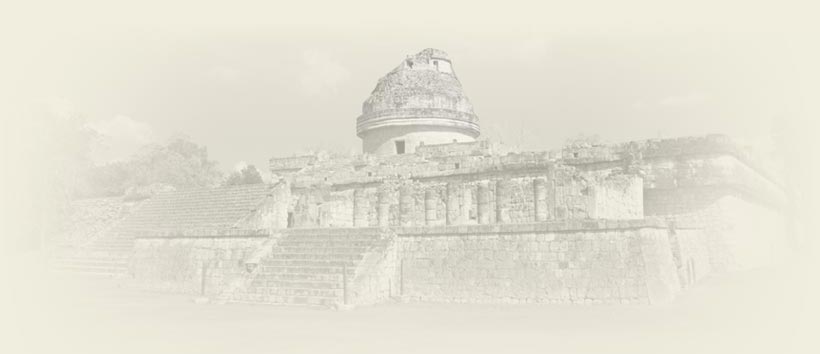
Chichén Itzá
Chichén Itzá, a guided tour through 1,500 years of our historical legacy; a place where myth and reality, legend and history, converge.
Chichén Itzá, which in the Mayan language means “on the edge of the well of the Itzaes”, is one of the main archaeological sites in the Yucatan Peninsula and one of the most representative and renowned remains of the Mayan culture. The majestic city of Chichén Itzá was founded in the year 525 A.D. and since then its development has passed through different construction stages, a product of the influence of different peoples who occupied it throughout its existence. Although its architecture contains local variations, its inherent nature and style are unique.
Between 600 and 900 A.D. Chichén Itzá became one of the main political centers of the Mayab region, establishing itself as the most important center of power in the Yucatán Peninsula. The Maya forged a vast dominion with a unified culture, the center of which was Chichén Itzá; however, around 1250 A.D. the city was abandoned for reasons still unknown.
In 1988, the United Nations Organization for Education, Science and Culture (UNESCO) named the Chichén Itzá archaeological site a World Heritage Site, and nine years later, in 2007, millions of people around the world gave it their vote as one of the Seven New Wonders of the Modern World.







